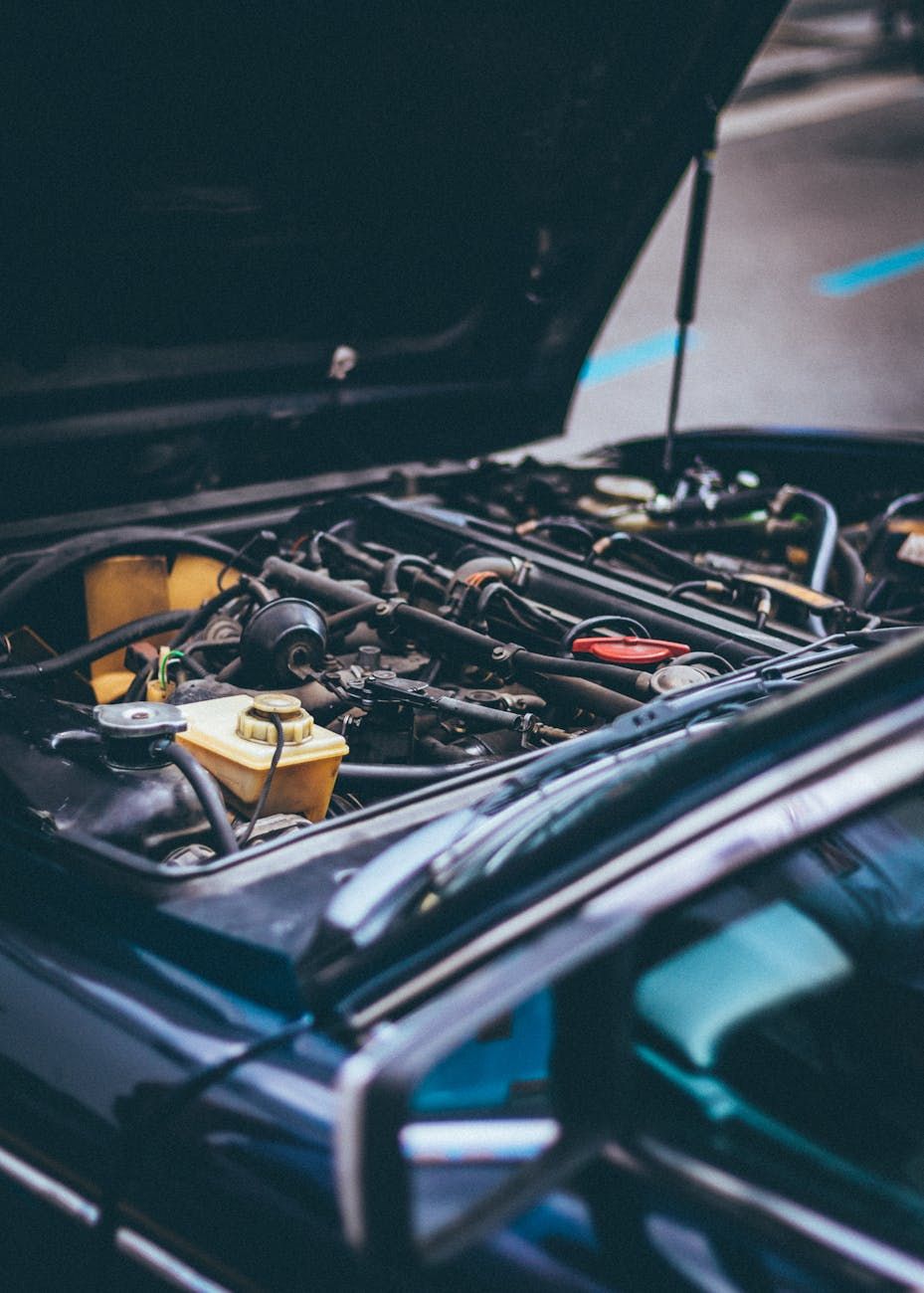
Turbocharged vs. Naturally Aspirated Engine: Which One to Choose?
AutoWhen it comes to choosing the right engine for your vehicle, one of the key decisions you'll need to make is whether to opt for a turbocharged or naturally aspirated engine. Both types of engines have their own set of characteristics and advantages, making it essential to understand the differences between them before making a choice.

Comparison of Turbocharged and Naturally Aspirated Engines
Turbocharged Engines:
A turbocharged engine incorporates a turbocharger that compresses the air entering the combustion chamber, allowing for more air and fuel to be burned, resulting in increased power output. These engines are known for their capability to deliver higher horsepower and torque compared to naturally aspirated engines of similar size.
One of the primary advantages of turbocharged engines is their ability to provide a significant boost in performance without the need for a large displacement engine. This results in improved acceleration and overall driving experience, making turbocharged engines a preferred choice for those seeking enhanced car performance.
Moreover, turbocharged engines are often praised for their fuel efficiency, as the turbocharger enables better utilization of fuel by optimizing the combustion process. This can lead to reduced fuel consumption and lower emissions, making turbocharged engines a more environmentally friendly option.
Naturally Aspirated Engines:
In contrast, naturally aspirated engines rely solely on atmospheric pressure to draw in air for combustion. While these engines may not offer the same level of power as turbocharged engines, they are known for their smooth power delivery and linear throttle response.
Naturally aspirated engines are often preferred by drivers who value a more traditional driving experience, as they tend to provide a more predictable and consistent power output across the RPM range. Additionally, these engines are generally less complex and may require less maintenance compared to turbocharged engines.
Although naturally aspirated engines may not match the power output of turbocharged engines, they can still offer ample performance for everyday driving scenarios and can be a suitable choice for those looking for a reliable and straightforward engine option.
Pros and Cons of Turbocharged and Naturally Aspirated Engines
Turbocharged Engine Pros:
- Higher horsepower and torque output
- Improved performance and acceleration
- Enhanced fuel efficiency
Turbocharged Engine Cons:
- Potential turbo lag (delay in power delivery)
- Complexity and potential maintenance costs
- Higher initial purchase price
Naturally Aspirated Engine Pros:
- Smooth power delivery and throttle response
- Lower maintenance requirements
- Simple design and lower initial cost
Naturally Aspirated Engine Cons:
- Lower power output compared to turbocharged engines
- Less potential for significant performance upgrades
- May be less fuel-efficient in certain scenarios
Choosing Between Turbocharged and Naturally Aspirated Engines
Ultimately, the decision between a turbocharged and naturally aspirated engine will depend on your driving preferences and priorities. If you prioritize high performance, improved fuel efficiency, and the potential for significant power upgrades, a turbocharged engine may be the ideal choice for you.
On the other hand, if you value a smooth and predictable driving experience, along with lower maintenance costs and a simpler design, a naturally aspirated engine could be the better option. Consider factors such as your driving habits, budget, and desired performance level when making your decision.
Regardless of whether you opt for a turbocharged or naturally aspirated engine, both options have their own set of advantages and can provide an enjoyable driving experience. Take the time to weigh the pros and cons of each type of engine to make an informed choice that suits your needs and preferences.

Relevant posts

Auto
The New Volkswagen Tiguan 2025: What Will Surprise Even Experienced Drivers?
In the ever-evolving world of automobiles, the VW Tiguan has long been a staple in the SUV market. As we look ahead to the year 2025, Volkswagen is gearing up to release the new Tiguan model that is poised to impress even the most experienced drivers. Let's delve into what the new Volkswagen Tiguan 2025 has in store for us. One of the most anticipated aspects of the new Tiguan is its updated design. The 2025 version of this beloved SUV boasts a sleek and modern aesthetic that is sure to turn hea...

Auto
Which Cars Are Best for Long Trips? Tips for Choosing a Comfortable Vehicle
Are you planning a long road trip and wondering which cars are best suited for such journeys? Choosing the right vehicle for a long trip can significantly impact your comfort and overall travel experience. In this article, we will discuss tips for selecting a comfortable car that will enhance your travel experience.When it comes to embarking on a long journey, comfort is key. The last thing you want is to be cramped in a vehicle that does not provide adequate space or support for an extended per...

Auto
Car Design Trends for 2025: What’s Coming in the Future
The automotive industry is constantly evolving, and car design trends play a crucial role in shaping the future of automobiles. As we look ahead to 2025, it's exciting to explore what's coming in the future of car design. From cutting-edge technology to innovative concepts, the design landscape is set to undergo significant changes. Let's delve into some of the key trends that are expected to define car design in 2025 and beyond.1. Embracing Innovation and Technology In the realm of car d...

Auto
New vs. Used Cars: Which One Should You Buy?
When it comes to buying a car, one of the first decisions you'll need to make is whether to go for a new or used vehicle. Both options have their own sets of pros and cons, and finding the right choice for you will depend on your individual preferences and circumstances. In this article, we'll explore the differences between new and used cars to help you make an informed decision. Cost One of the main advantages of buying a used car is the lower cost compared to a new one. Used car...